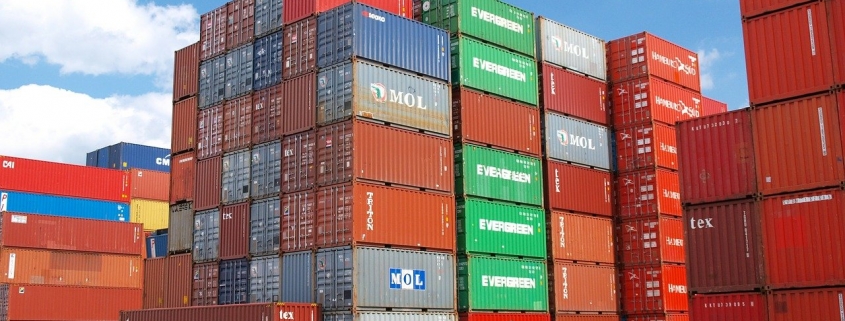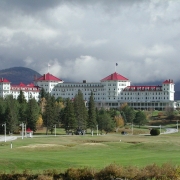What is NAFTA and what is its purpose?
Topic of Study [For H2 History Students]:
Paper 1: Understanding the Global Economy (1945-2000)
Section B: Essay Writing
Theme II Chapter 1: Problems of economic liberalisation
The North American Free Trade Agreement (NAFTA)
On 1 January 1994, the NAFTA was signed by three members – the United States, Mexico and Canada. Its purpose was to eliminate tariffs between the signatories, facilitating market integration. Furthermore, the agreement required all parties to support the gradual elimination of trade barriers over a course of fifteen years to enhance cross-border investment and the flow of goods and services.
Before the signing, the Mexican government sought US investment in the wake of the Latin American debt crisis. In June 1990, Mexican President Carlos Salinas de Gortari and the American President George H. W. Bush announced the creation of a free trade area between the United States and Mexico.
Impacts on involved parties
It turns out that the NAFTA yielded tremendous benefits to the trading partners. NAFTA amounted to a $6 trillion economy with a population of 360 million. By 2004, the NAFTA area expanded to a $12.5 trillion economy.
Wonnacott believes, that in one important way, the NAFTA is superior to treaties like the GATT, which allows developing countries to maintain many of their own barriers to liberalized imports. The NAFTA has effectively told Mexico and other future participants that if they want to participate in the agreement, they must be prepared to remove their own trade barriers.
An excerpt from “Nafta As a Model of Development: The Benefits & Costs of Merging High-And Low-Wage” by Richards S. Belous and Jonathan Lemco.
From the US perspective, the NAFTA was seen as a significant step forward to achieve encourage international trade. The agreement was meant to be a signal to other participating members of the GATT to re-affirm their commitment to achieve freer trade.
I am gratified that, as Vice President Gore and Chief of Staff Mack McLarty announced 2 weeks ago when they met with President Salinas, next year the nations of this hemisphere will gather in an economic summit that will plan how to extend the benefits of trade to the emerging market democracies of all the Americas.
… The United States must seek nothing less than a new trading system that benefits all nations through robust commerce but that protects our middle class and gives other nations a chance to grow one, that lifts workers and the environment up without dragging people down, that seeks to ensure that our policies reflect our values.
An excerpt from US President Bill Clinton’s speech on the NAFTA, 8 December 1993.
What can we learn from this article?
Consider the following question:
– How far do you agree that the USA played a crucial role in the resurgence of trade in the 1990s?
Join our JC History Tuition to learn more about the development of the global economy. The H2 and H1 History Tuition feature online discussion and writing practices to enhance your knowledge application skills. Get useful study notes and clarify your doubts on the subject with the tutor. You can also follow our Telegram Channel to get useful updates.
We have other JC tuition classes, such as JC Math Tuition and JC Chemistry Tuition. For Secondary Tuition, we provide Secondary English Tuition, Secondary Math tuition, Secondary Chemistry Tuition, Social Studies Tuition, Geography, History Tuition and Secondary Economics Tuition. For Primary Tuition, we have Primary English, Math and Science Tuition. Call 9658 5789 to find out more.











